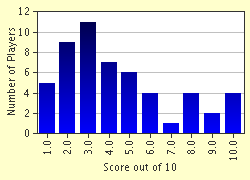Quiz Answer Key and Fun Facts
1. James Figg was considered the first bareknuckle boxing champion. Which year is credited as the beginning of his reign?
2. The first bareknuckle "rivalry" was between James Figg and which fighter (sometimes called, "The Pipe Maker")?
3. Jack Broughton came up with the first official rules of the sport, after one of his own opponents died from injuries sustained in a fight. Who was the opponent who died?
4. The "Treatise Upon The Useful Science of Defense", was published in 1747 by this man, and was our first real article on the sport and its current champions and contenders.
5. Which was a term used in the 1700s to describe the inner courage and stamina of a pugilist, his will to go on?
6. This man was responsible for bringing James Figg to London, where Figg established his Academy. Who was this sponsor?
7. The term, "Fancy", described the top fighters of the day, contenders for the championship.
8. In 1747, not only did Jack Broughton introduce new rules to the sport to improve safety, he also invented what?
9. The year 1750 was a big one in bareknuckle boxing history. What major upset happened?
10. The scratch designates the mark on the stage where the fighters must set to after knockdowns.
Source: Author
jrmorgan56
This quiz was reviewed by FunTrivia editor
Nightmare before going online.
Any errors found in FunTrivia content are routinely corrected through our feedback system.

